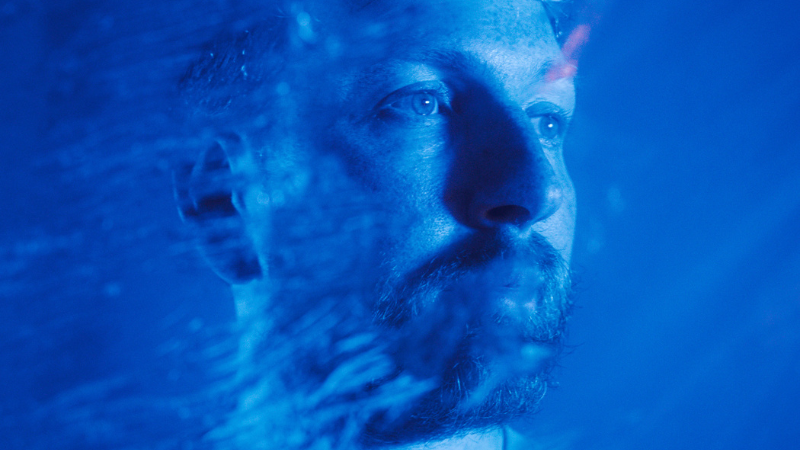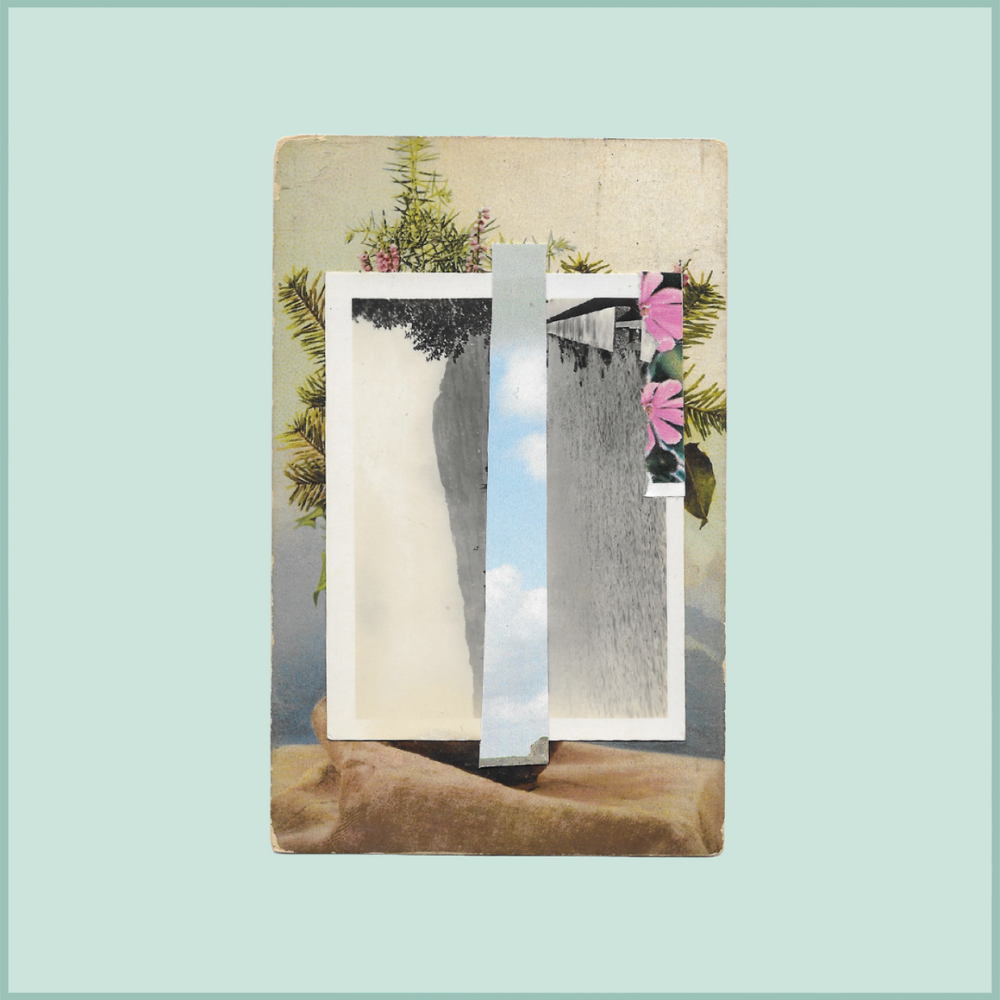Open Lungs, Open Heart: A Conversation with Message To Bears (aka Jerome Alexander) on Breath, Vulnerability, and the Art of Stillness
With over 200 million streams, sync placements in Life is Strange and Virgin River, and collaborations that have placed him alongside the likes of Nils Frahm and Ólafur Arnalds, Message To Bears has carved out a quiet but powerful space in the modern musical landscape. The moniker of English composer and multi-instrumentalist Jerome Alexander, Message To Bears is more than just an ambient folk project. It is an emotional outlet, a cinematic dreamworld, and a soundtrack to life’s most tender moments. His latest single “Open Lungs,” out March 28 via Lost Birds Records, is a deeply personal meditation on breath, anxiety, and the healing power of sound. I sat down with Jerome to talk about the track, his creative process, and what it means to truly listen. It is my absolute pleasure to introduce you to Message To Bears.
Jerome, “Open Lungs” feels like a quiet revolution. It swells with emotion but never demands attention, it invites it. Can you take us into the first moment you knew this track needed to be born?
It’s hard to put into words the moment a track presents itself to me, I just let it happen and don’t usually intellectualize or overthink it during creation. Then after the track is finished, I see the meaning in it.
You’ve said the song reflects “the connection between breath and anxiety.” That’s such a powerful theme, especially in a world that rarely gives us room to pause. Did the music act as therapy for you while writing it?
It did feel like a release; I find the creation of all my music acts as a therapeutic process for me.
Your music has always danced on the edge of ambient, folk, post-rock, and classical. In this track, it feels like the breath is just as important as the beat. How intentional was that sonic minimalism?
Very intentional. I wanted the spaces between the notes to feel as meaningful as the notes themselves. It felt important to allow the track room to breathe — both literally and emotionally. Dynamics exist as contrast, if everything is loud, nothing is loud.
You’ve had your music placed in shows like Life is Strange, Virgin River, and Warrior Nun, each known for their emotional storytelling. Do you see your music as cinematic, or does it just happen to resonate that way?
I think it naturally leans that way. I’m drawn to creating atmospheres and emotional textures rather than traditional song structures. So, when that overlaps with visual storytelling, it makes sense. But I don’t set out to make “cinematic” music — I just try to make something meaningful to me.
You’ve shared stages with artists like Nils Frahm and Ólafur Arnalds, and your live sets feel almost like rituals. How does performing affect your relationship with the music?
I never write music with the intention of it being performed, so it is sometimes a challenge to reimagine a piece of music for a live setting and it’s enjoyable to give it another interpretation.
Let’s talk lyrics. You’ve always been subtle with words, letting music speak volumes. But in “Open Lungs,” we hear “My lungs on fire.” It is raw and immediate. Why that line?
I find writing lyrics often the most difficult part of the process, I will always do rough improvised vocal takes just using wordless noises, trying to find inflections and general syllables that come naturally, then I will shape words to those sounds. It wasn’t polished or overly thought out, which is probably why it felt right.
From your debut EP to Constants, and now this new release, your catalog has grown quietly but impactfully. What keeps you creating?
Curiosity, mostly. I’m always trying to explore something new — even if it’s subtle. Also, making music is how I process the world. I’d still be making music even if no one was listening.
What do you hope listeners take away from “Open Lungs”?
I hope it gives them space. A moment to pause, to breathe, to feel whatever they need to feel. If it helps even one person feel a little more grounded, that would be beautiful.
What’s next for you? A new album? More ambient explorations? A surprise side project under a secret alias?
There’s more music coming — some ambient explorations, and my 6th full-length album on the horizon. Then a couple of film scores which I’m excited about.
How do you know when a track is finished, especially when working with such delicate layers and evolving textures?
It’s a really difficult question for me; my tracks often have 30+ different versions, and I’m always scared of overworking something whilst also bringing out its full potential. But there’s usually, a point where it feels like any addition would dilute what’s already there.
What role does silence play in your music? Do you see it as part of the composition, or the space between thoughts?
Silence is important. It’s the contrast that gives the sounds meaning.
“Open Lungs” builds tension before releasing it in a sort of sonic exhale. Is that rise-and-fall structure something you return to often when composing?
I think so, I want each track to be its only little story. That build of tension doesn’t have to be a dynamic build either, it can be an emotional journey that eventually resolves.
How has your relationship with your own breath or body changed since writing this song?
I think writing the track was a reminder to tune in, to be more aware.
Your music has been described as emotive, serene, and cinematic. If you had to describe Message To Bears in three words, what would they be and why?
Emotive, meditative, honest. Emotive because it’s all about feeling. Meditative because it often comes from a quiet place. Honest because I never try to be anything other than what I’m feeling at the time.
You are often grouped with artists like Novo Amor, Sufjan Stevens, and The Cinematic Orchestra. Do you identify with that lineage, or do you see yourself in a different creative sphere?
I respect them deeply, and I think there’s a shared emotional language there. But I also try not to think too much in terms of genre or lineage.
With your background in both composition and production, do you approach songwriting differently than a traditional singer-songwriter might?
Probably. For me, it often starts with a texture or an atmosphere rather than a lyric or melody. It’s more sculptural in a way — layering sounds until it feels emotionally resonant.
You’ve released albums, EPs, singles, and scores. Do you have a favorite format, or is each just a vessel for a different kind of story?
Albums are special — they allow for a full narrative arc and I used to never think I’d release a ‘single’ as songs for me are supposed to have meaning in relation to the other songs around it.
Many fans find your music therapeutic. Has anyone ever reached out with a story about how one of your songs impacted them personally?
Yes, I’ve received some incredible messages from amazing people. It’s honestly so touching and is in itself enough of a reason to carry on creating.
What advice would you give to emerging artists trying to express emotion through instrumental or ambient music?
Focus on emotion over perfection. Trust your instincts, and don’t be afraid of simplicity. Sometimes the most moving music comes from the quietest places.
Your sound design is so detailed and immersive. What headphones do you use in the studio and when performing live? Do you switch between pairs depending on the setting, or stick with one trusted brand?
In the studio, I use Audio-Technica ATH-R70X, they sound amazing to me. I used them a lot for mixing my upcoming album along with speakers.
We’ve covered a lot of ground today. Before we wrap up, is there anything we haven’t touched on that you’d like to share?
Just gratitude, really. For everyone who’s listened, supported, shared — thank you.
Thanks for being here. I really enjoyed our conversation. In all of the interviews I do, I always give the artist the last word. Go.
Be kind, small acts can really go a long way.
For more information about Message To Bears, go to:
Website | Instagram | Facebook | X | SoundCloud | YouTube | Spotify





